This Is Why Sputnik Crashed Back To Earth After Only 3 Months
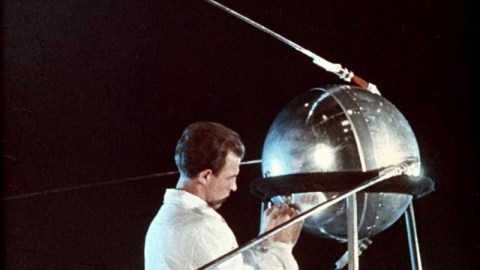
It’s a problem that we still haven’t solved, and it spells doom for all of our low-Earth orbiting satellites, even today.
On October 4th, 1957, the Soviet Union launched Sputnik 1, which rose up above Earth’s atmosphere and entered orbit around our planet, circumnavigating it one every 90 minutes. Under the extremely low light pollution conditions that existed across most of the world back then, it was the one-and-only object of its type: an artificial, human-made satellite. Unofficially, it marked the start of the space race, a military and political endeavor that would consume international politics for decades to come.
But Sputnik itself isn’t in orbit around Earth any longer. In fact, it was so short-lived that by time the United States successfully launched Explorer 1, the first American satellite in space, Sputnik 2, carrying the first animal in space, had already been orbiting Earth for months. But the original Sputnik, after over 1400 orbits, had already fallen back to Earth.
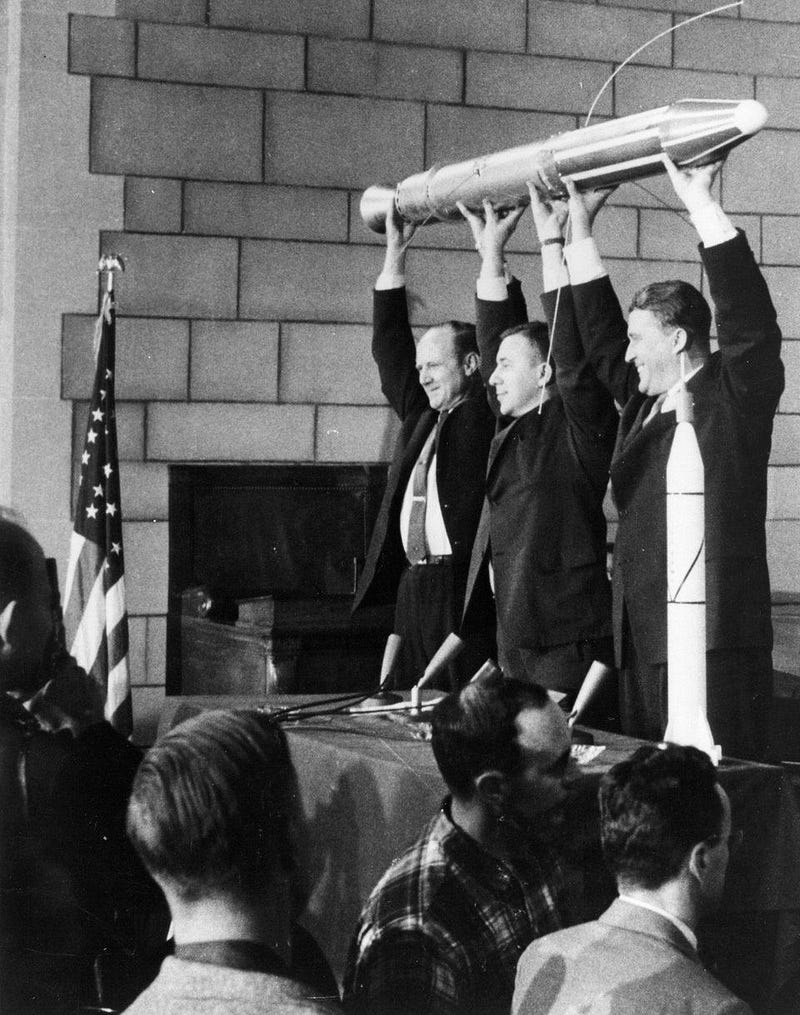
What happened to Sputnik wasn’t unusual. In fact, this is what happens to most satellites if you launch them into low-Earth orbit and leave them there to fend for themselves. With each orbit that goes by, the satellite will swing by apogee, where it reaches its maximum distance from Earth’s surface, followed by perigee, where it makes its closest approach to Earth. For low-Earth orbit, that typically means that satellites are a few hundred kilometers above the Earth’s surface, even at their closest. Considering that we draw the line between Earth’s atmosphere and outer space at an altitude of only 100 kilometers (62 miles), it would seem, at least superficially, that these satellites would be firmly and eternally in space.
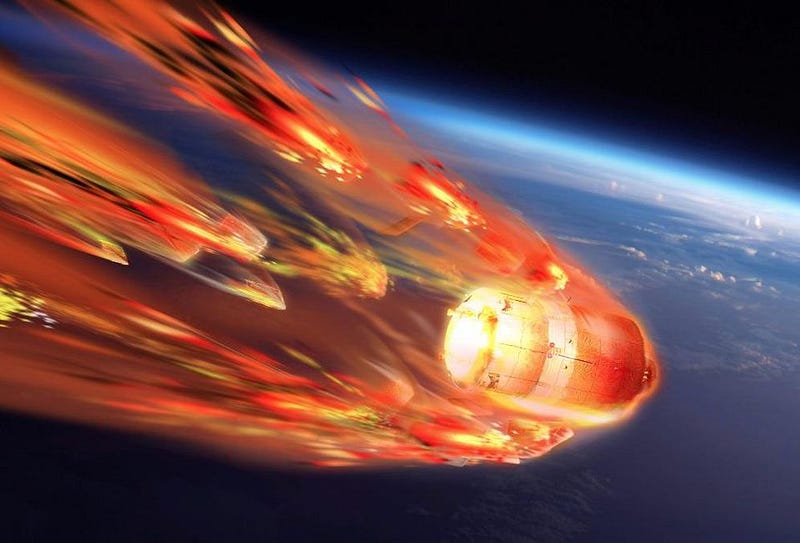
But in reality the situation is far more complicated. The atmosphere doesn’t have a sudden end, or an edge to it. That isn’t how a gas works if it’s made up of real particles. As you go to higher altitudes, the density of particles will continue to drop, but the different particles that are heated by collisions will move around at different speeds: some faster, some slower, but with a well-defined average velocity.
The higher up you go, the more likely you are to find particles that are more energetic, as it takes more energy to reach those extreme altitudes. But even though the density is extremely low at very high altitudes, it never drops to zero.
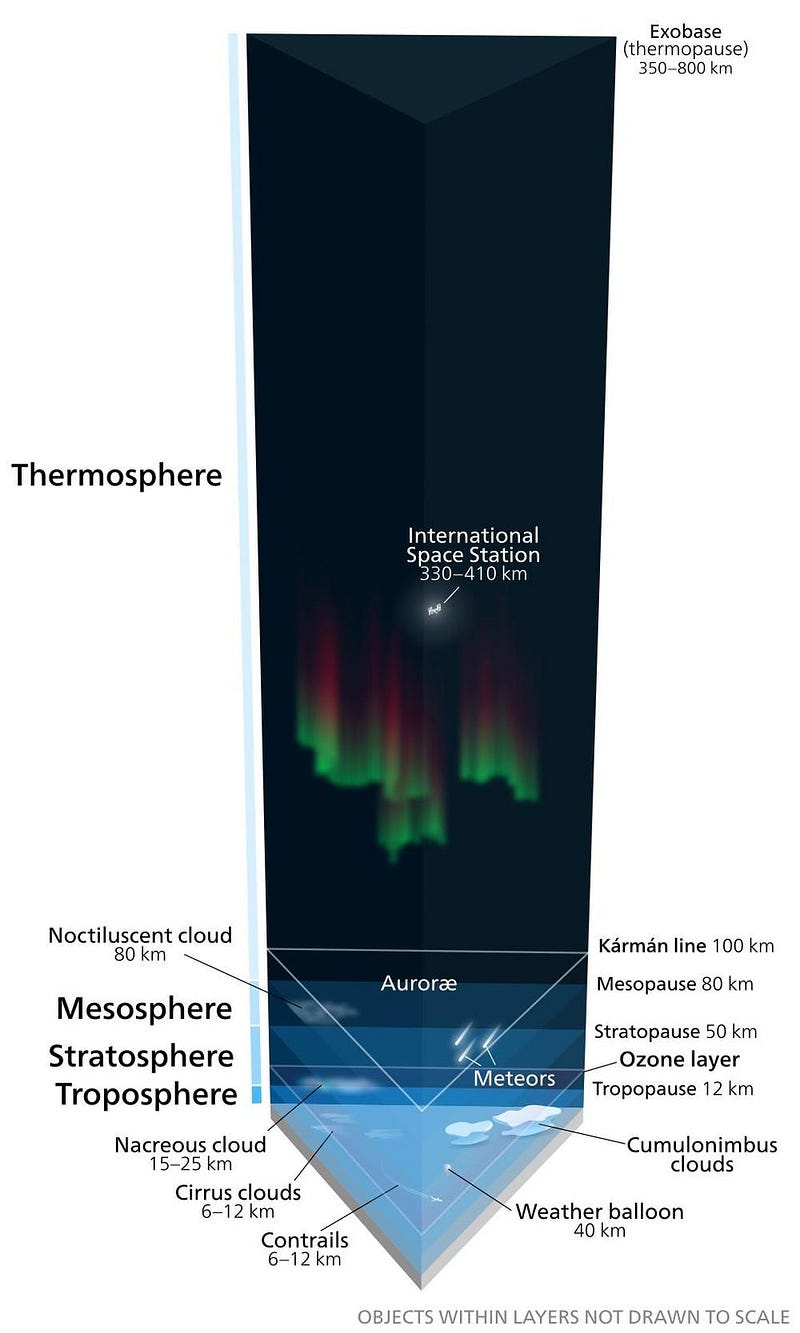
We’ve found atoms and molecules that remain gravitationally bound to Earth at altitudes up to 10,000 km (6,200 miles). The only reason we haven’t gone beyond that point is that past 10,000 kilometers, the Earth’s atmosphere is indistinguishable from the solar wind, with both consisting of tenuous, hot atoms and ionized particles.
The overwhelming majority of our atmosphere (by mass) is contained in the lowest layers, with the troposphere containing 75% of Earth’s atmopshere, the stratosphere containing another 20%, and the mesosphere containing almost all of the remaining 5%. But the next layer, the thermosphere, is incredibly diffuse.
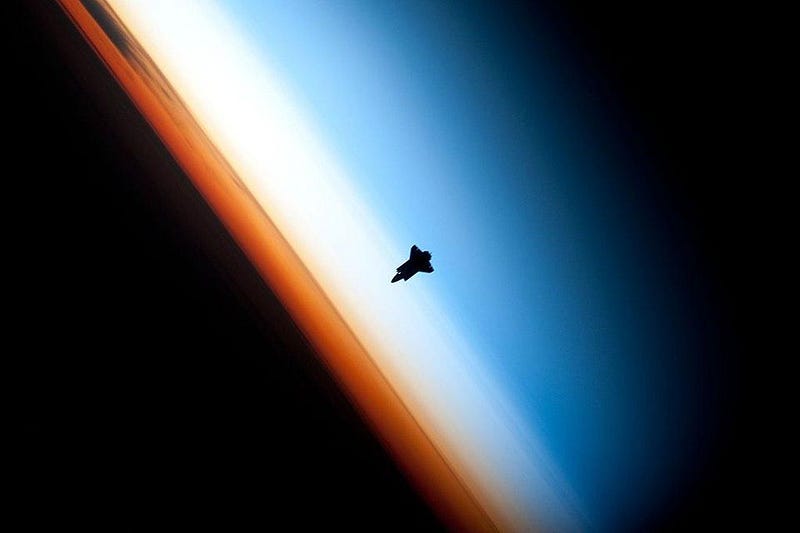
While an atmospheric particle at sea level will travel a microscopic distance before colliding with another molecule, the thermosphere is so diffuse that a typical atom or molecule up there might travel for a kilometer or more before experiencing a collision.
Up in the thermosphere, it sure does seem like empty space if you’re nothing but a tiny atom or molecule. After all, you rose up from Earth’s atmosphere, you linger in this low-density abyss while at the peak of your parabolic orbit, and you slowly, eventually, fall back to your home planet under the force of its gravity.
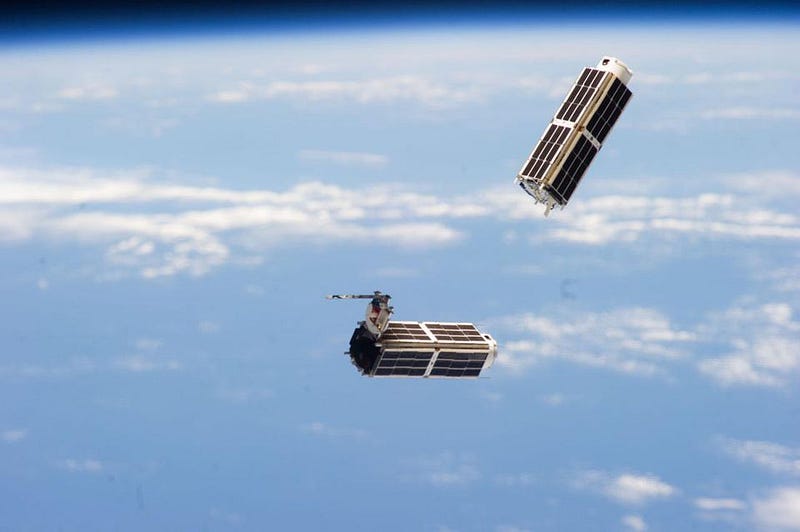
But if you’re a spacecraft, you experience something very different. The reasons are as follows:
- You’re not just rising up from the Earth, but orbiting it, meaning you’re moving in a different direction to the tenuous atmospheric particles.
- Because you’re in a stable orbit, you have to be moving quickly: around 7 km/s (5 miles-per-second) to remain in space.
- And you’re no longer just the size of an atom or molecule, but rather the size of a spacecraft.
All three of these things, combined, lead to disaster for any orbiting satellite.
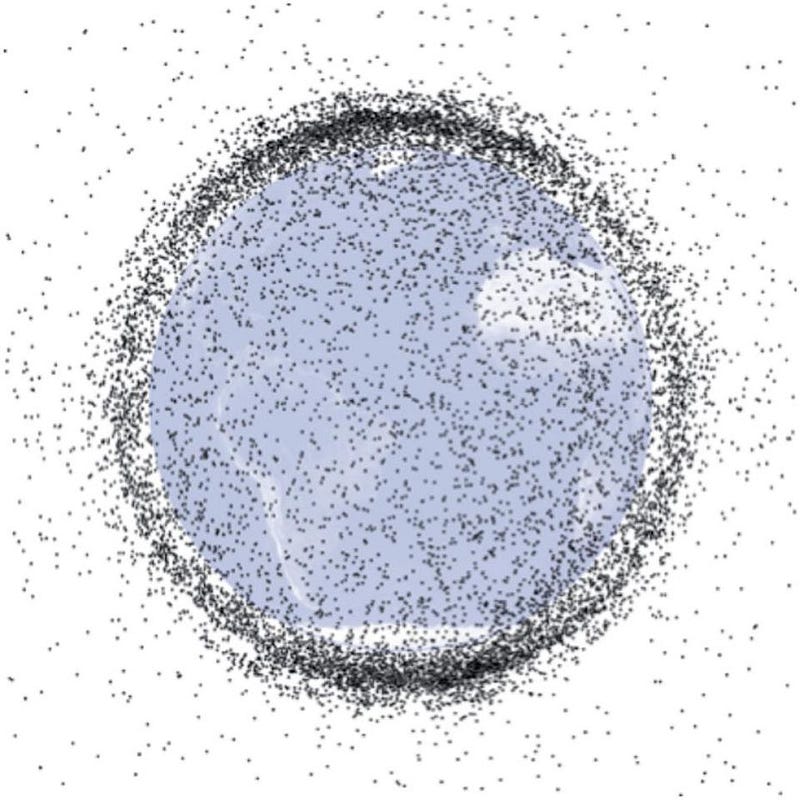
Such disaster is inevitable due to satellite drag, which is a way to quantify how much speed a satellite loses over time due to the atmospheric particles it runs into at high relative speeds. Any satellite in low-Earth orbit will have a lifespan ranging from a few months up to a few decades, but no longer than that. You can combat this by going to higher altitudes, but even that won’t save you forever.
Every time there’s activity on the Sun, like sunspots, solar flares, coronal mass ejections, or other outburst-like events, the Earth’s atmosphere heats up. Hotter particles mean higher speeds, and higher speeds will float up to higher and higher elevations, increasing the density of the atmosphere even in space. When that occurs, even satellites that were virtually drag-free start falling back towards Earth. Magnetic storms can also increase the density of air at extremely high altitudes.
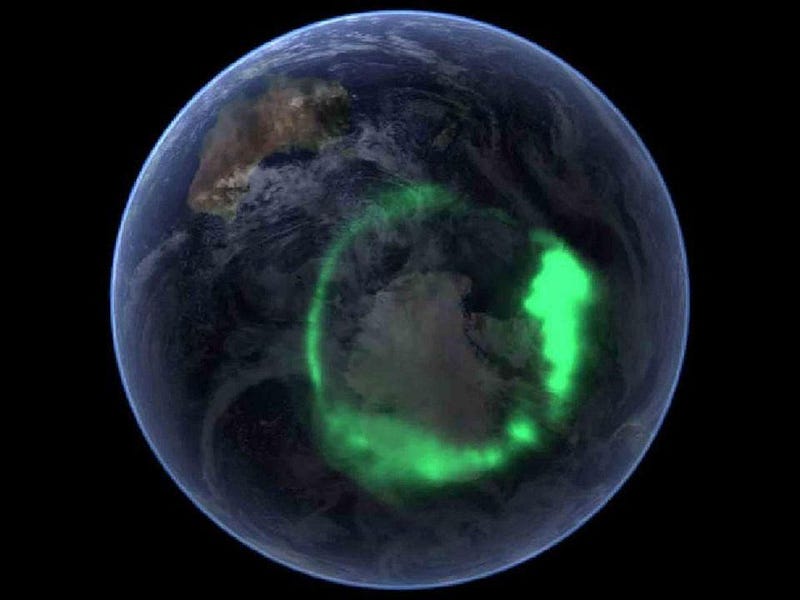
And this process is cumulative, in the sense that as a satellite experiences drag, its perigee drops to lower and lower altitudes. Now, at these lower altitudes, the drag force is increased even farther, and that causes you to lose your kinetic energy that keeps you in orbit even more quickly. The eventual death-spiral might take thousands, tens of thousands, or even hundreds of thousands of orbits, but at just 90 minutes per orbit, this means than any low-Earth-orbiting satellite lives decades at the most.
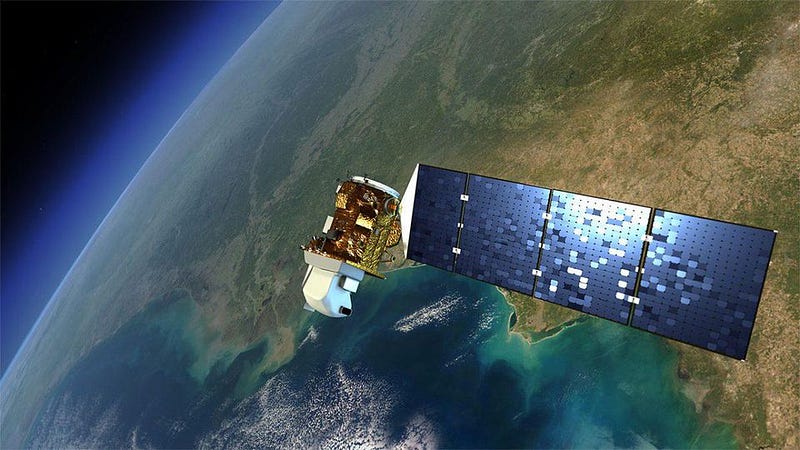
This fall-back-to-Earth problem wasn’t just a problem for the early satellites of the 1950s, but remains a problem for nearly all the satellites we’ve ever launched. 95% of all human-made satellites are in low-Earth orbit, including the International Space Station and the Hubble Space Telescope. If we didn’t periodically boost these spacecrafts, many of them would have crashed back down onto Earth already.
Both Hubble and the ISS would have less than 10 years left in their current orbits if we just let them die. And when large satellites do this, they make what we call an uncontrolled re-entry. Ideally, they’ll burn up in the atmosphere or fall into the ocean, but if they break up and/or hit land, they could cause a disaster. This could range from property damage to loss-of-life, depending on the location and size of the debris’ impact.
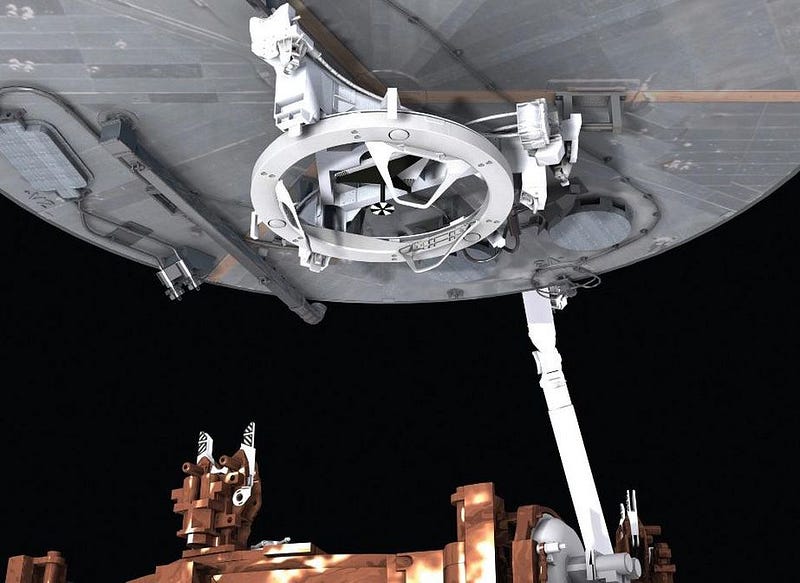
Hubble may not need to suffer this fate at the end of its life, however. As Michael Massimino, one of the astronauts who serviced Hubble aboard the Space Shuttle for the final time in 2009, related:
Its orbit will decay. The telescope will be fine, but its orbit will be bringing it closer and closer to Earth. That’s when it’s game over.
Hubble’s final servicing mission included a docking mechanism that was installed onto the telescope: the Soft Capture and Rendezvous System. Any properly-outfitted rocket could safely take it home.
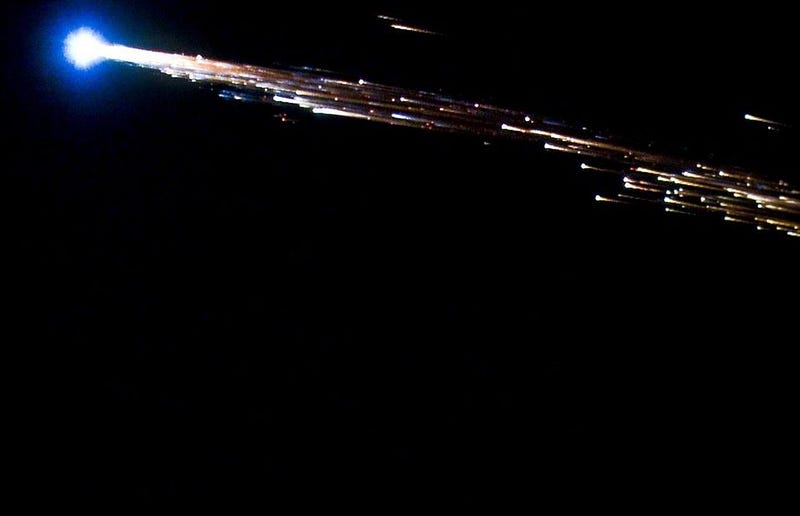
But for the 25,000+ other satellites in low-Earth orbit, there is no controlled re-entry coming. Earth’s atmosphere will take them down, extending far beyond the artificial edge of space, or Kármán line, that we typically draw. If we were to cease launching satellites today, then in under a century, there would be no remaining trace of humanity’s presence in low-Earth orbit.
Sputnik 1 was launched in 1957, and just three months later, it spontaneously de-orbited and fell back to Earth. The particles from our atmosphere rise far above any artificial line we’ve drawn, affecting all of our Earth-orbiting satellites. The farther your perigee is, the longer you can remain up there, but the harder it becomes to send-and-receive signals from here on the surface. Until we have a fuel-free technology to passively boost our satellites to keep them in a more stable orbit, Earth’s atmosphere will continue to be the most destructive force to humanity’s presence in space.
Ethan Siegel is the author of Beyond the Galaxy and Treknology. You can pre-order his third book, currently in development: the Encyclopaedia Cosmologica.





